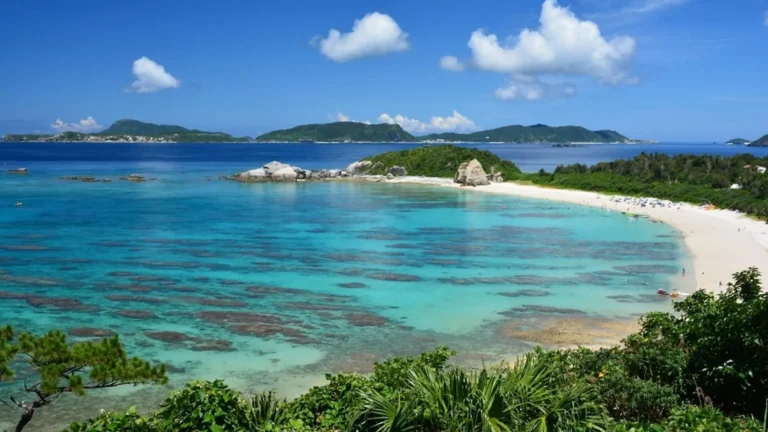As Indonesia grapples with the dual challenges of urbanization and climate change, the fate of its capital, Jakarta, hangs in the balance. Nestled on the northwest coast of Java, Jakarta, a bustling metropolis, has long served as the heart of Indonesia’s political, economic, and cultural landscape. However, its very foundation is under threat, as the city sinks at an alarming rate due to a combination of factors, including excessive groundwater extraction and rising sea levels. With approximately 40% of its territory now below sea level, Jakarta stands as a stark emblem of the perils posed by unchecked urban development in the face of climate change.
Recognizing the urgency of the situation, Indonesia’s government, under the leadership of President Joko Widodo, has embarked on an ambitious endeavor to safeguard the nation’s future. In August 2019, President Widodo greenlit a monumental plan to relocate the capital from Jakarta to Nusantara, a visionary city taking shape on the eastern coast of Borneo. Situated approximately 870 miles north of Jakarta, Nusantara represents a bold departure from tradition, signaling a strategic shift towards resilience and sustainability in governance.
The choice of Nusantara as the site for the new capital was not arbitrary. Extensive deliberation went into selecting a location that would mitigate the risks posed by natural disasters, such as earthquakes, tsunamis, and volcanic eruptions. Unlike Jakarta, which grapples with a precarious geological setting, Nusantara enjoys greater stability, poised on the shores of the sea with a lower susceptibility to seismic activity. Moreover, the decision reflects President Widodo’s broader geopolitical vision, aimed at fostering national unity and inclusivity across Indonesia’s vast archipelago.
The scale of the endeavor is nothing short of monumental. With an estimated price tag of $35 billion, the construction of Nusantara represents a formidable investment in the nation’s future. While completion is slated for 2045, the wheels of progress are already in motion, with an initial cohort of 6,000 government workers set to inaugurate the city in time for the next presidential inauguration in October. Spearheading this monumental task is a workforce numbering between 150,000 to 200,000, a testament to the sheer magnitude of the undertaking.
The decision to relocate the capital is not without historical precedent. Nations such as Brazil and Nigeria have charted similar courses in the past, moving their capitals to Brasilia and Abuja, respectively. However, what sets Indonesia’s endeavor apart is the decisive role played by the climate crisis in precipitating this paradigm shift. As Jakarta contends with the dubious distinction of being the world’s fastest-sinking megacity, the imperative to act has never been clearer. Rising sea levels and rampant subsidence threaten to inundate vast swathes of the city, placing millions of lives and livelihoods at risk.
Beyond the exigencies of climate change, the relocation of the capital to Nusantara holds profound symbolic significance. It is a testament to Indonesia’s resilience and adaptability in the face of adversity, echoing the spirit of unity that binds its diverse populace together. Moreover, it offers a unique opportunity to reimagine governance in the 21st century, fostering innovation and inclusivity in urban planning and administration. As Indonesia charts a course towards a more sustainable future, the world watches with bated breath. Nusantara emerges not merely as a city on the rise but as a beacon of hope in an increasingly uncertain world. In its foundations lie the aspirations of a nation, united in purpose and determined to forge a path towards prosperity and resilience for generations to come.









